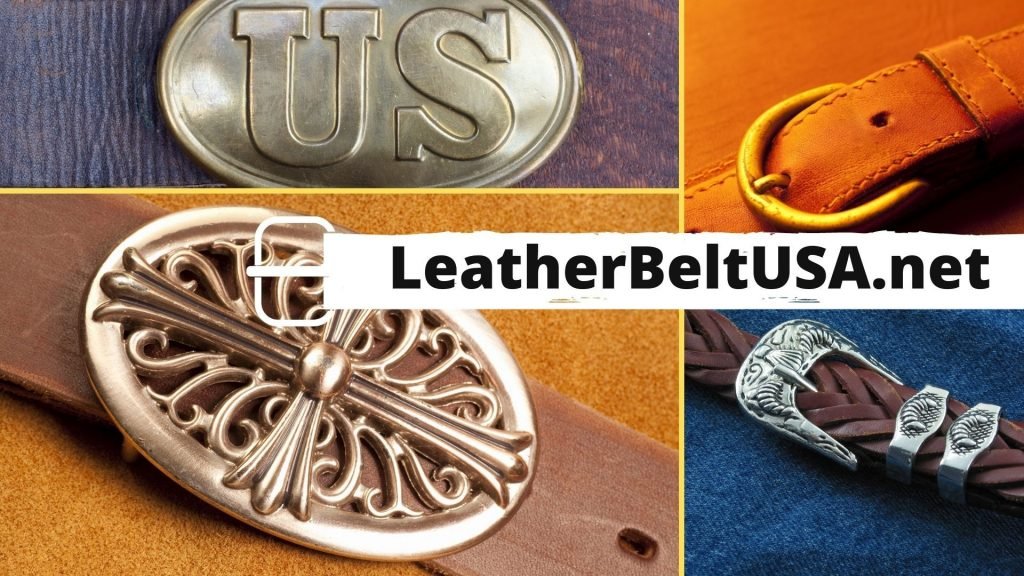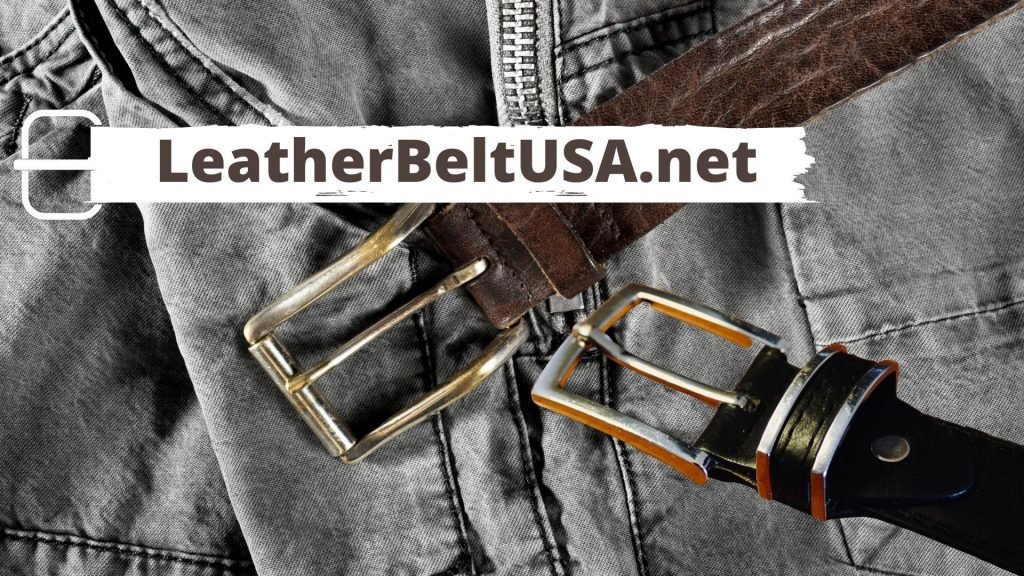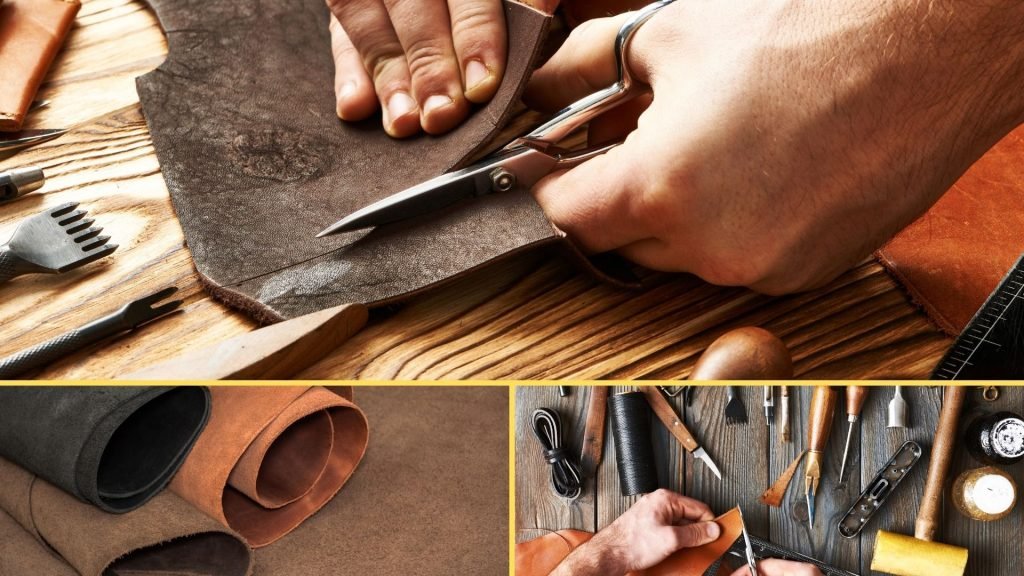A belt buckle is a device that is used to hold a belt in place at a fixed length. The belt can be made of any material, but most belts are some type of flexible material such as cotton or nylon. A belt buckle usually has an ornamental design so it looks good with the belt and clothing being worn. Belt buckles come in many different styles with some belt buckles being very simple and others ornate works of art.
Belt buckles are simple devices that work by holding two belt ends together so the belt doesn’t slip through the belt loops. Most belt buckles have one or more prongs on them with each belt end inserted into a belt buckle prong. Belt buckles can be adjusted to fit any size belt simply by pushing the belt buckle prongs closer together or moving them farther apart until there is an adequate amount of belt left to feed through clothing loops.
Besides stylish belt buckles, belt buckles come in additional types that wouldn’t be considered fashionable at all for use on belts, but they still serve the same basic function. Some belt buckles are used purely for function, without any style at all. These belt buckles might be found on backpacks, tactical vests or other belt-wearing items that need to be securely fastened.
Slide belt buckles are belt buckle designs that allow the belt to slide through the belt buckle prongs rather than having to feed each belt end through the belt buckle separately. The main benefit of this type of belt buckle is decreased time spent attaching and detaching a belt from pants loops during donning and doffing operations. A slide buckle works by moving an internal slider piece forward or backward as necessary until it locks into place with a simple twist of a knob on the exterior of the belt buckle housing.
Table of Contents
How Can a Slide Belt Buckle Be Adjusted?
A belt buckle that slides can be adjusted in less than one second. The belt buckle is normally held in place on belt ends by two sections of hook and loop material. The belt buckle simply slides through this belt buckle opening until it hits the belt buckle prongs. The belt buckle housing has a series of belt cover pieces that are held together by hook and loop material as well. To make belt buckle adjustments, pull belt ends through belt buckle housing until belt cover pieces can be slid up or down as necessary with a quick motion of one finger. The belt sections on the belt buckle prongs must then be adjusted to fit belt with a similar finger movement.
Isn’t a Slide Belt Buckle Just an Autogrip Buckle?
Autogrip belt buckles are belt buckles that have a ratcheting belt buckle prong design. As the belt is inserted into an autogrip belt buckle prong, a series of teeth on the interior belt buckle housing catch onto belt and prevent further belt buckle movement until belt is removed from belt buckle. Slide belt buckles do not have any type of locking mechanism, so belt can be easily added or removed at any time by simply sliding belt into belt buckle prong opening.
What Are the Advantages of Using a Slide Belt Buckle?
Using slide belt buckles has several advantages over belt buckles that are more traditional in design. Slide belt buckles are easier to adjust on the fly which can be an issue for first responders or military personnel who may need to quickly don belt-wearing items. Slide belt buckles also come out of belt buckle housing much easier than traditional belt buckle designs, which can be a lifesaver in emergency belt-wearing situations.
Conclusion
Slide belt buckles are belt buckle designs that allow belt ends to be moved through belt buckle prongs with a simple belt buckle adjustment movement. Slide belt buckles have no locking mechanism and require only one hand for belt donning or doffing purposes. So, what’s the main differences between slide belt buckles and autogrip belt buckles with ratcheting prong systems? They really only vary by ease of use and price point, but both types of belt buckle offer more than enough function and style for most consumers to feel satisfied.


